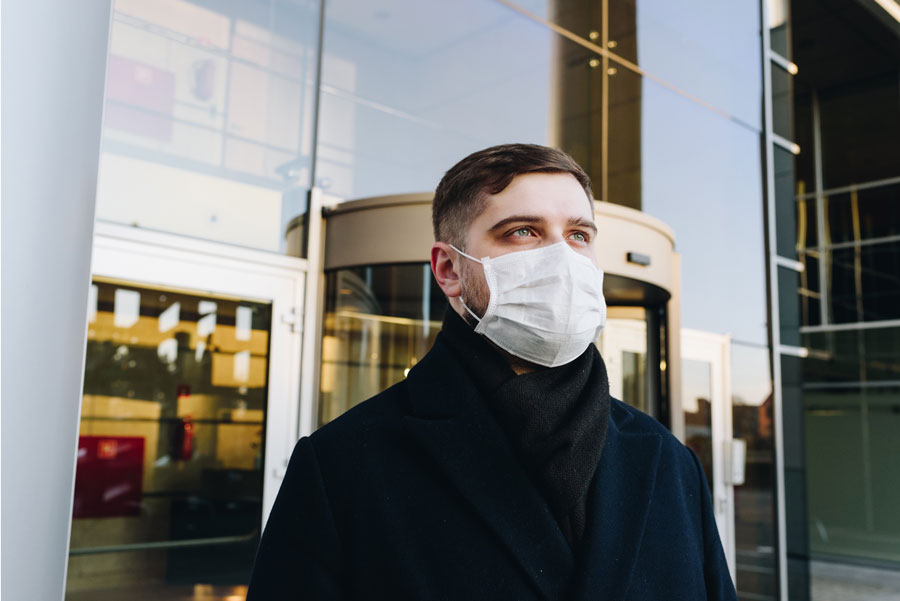© Photo: UnSplash @ anastasiiachepinska
The expert of the Department of Health Emergencies of the WHO, April Beller, explained to Efe that there is new scientific evidence (based on research from the universities of Stanford and Colorado) on cloth masks, the various materials from which they can be made and the level of protection they confer.
Those studies have revealed what materials can act as a "barrier" to microdroplets that contaminated people expel when they cough or sneeze, and how they should be combined to accomplish this task.
"If I'm infected or coughing, everything goes into the mask and doesn't come out the other side, so it's a way to protect other people," Beller said. The WHO guidance guide stresses that not all cloth masks have the same quality of filtration, one of the determining factors for their effectiveness.
The materials to consider in the manufacture of an effective mask are polypropylene, cotton and polyester, and cellulose and silk as the last alternatives.
(Also read: Rules for fabric masks)
"Distance is the best prevention that exists. If not, why the fabric? Because surgical masks must be kept for healthcare personnel", Beller said. An exception should be made for people over the age of 60 or with chronic diseases, who are now also recommended by the WHO to wear medical masks.
Beller explained that the ideal is to combine the fabrics and that the mask has three layers, using the most absorbent material (for example, cotton) closer to the mouth, which will make the saliva drops stay coughy. there. Outside should go the material that repels the most water, such as polyester, while polypropylene, which is the material used in surgical masks, could be used as a filter (in the middle).
In many countries, the most commonly used face masks are cotton ones, either because surgical masks are scarce, because they are reserved for medical personnel or because they are cheaper. Using them is better than nothing, but the problem they have is that "they absorb a lot of water, so when they get wet you have to change them because they may be contaminated," Beller said.
